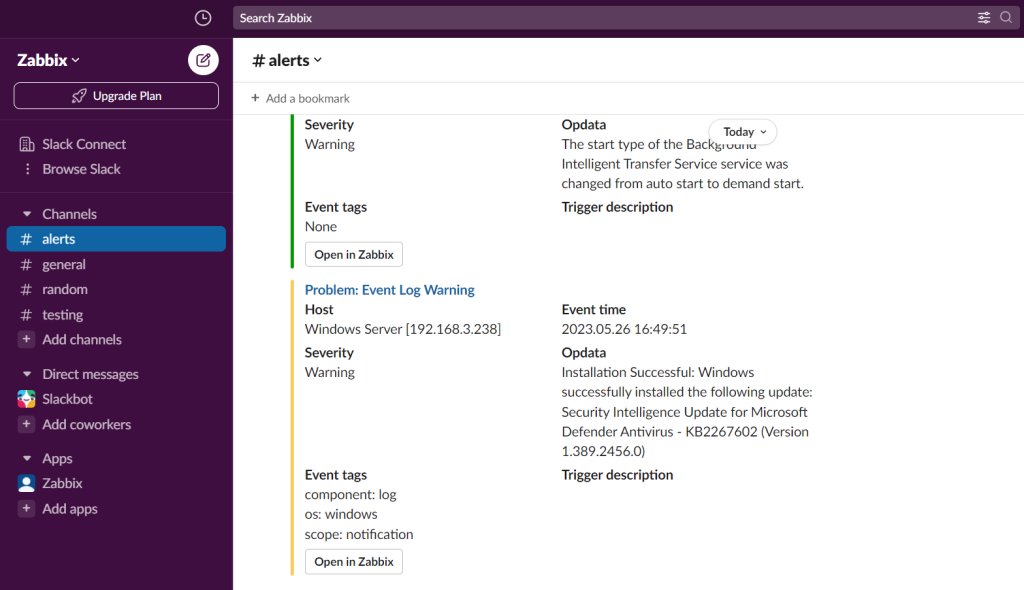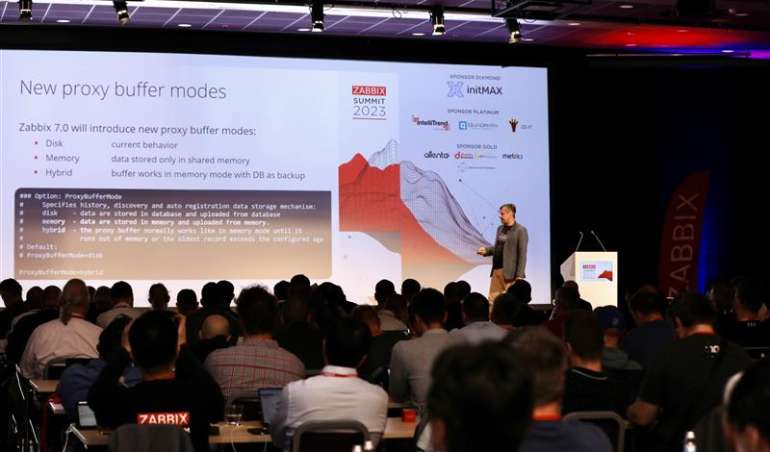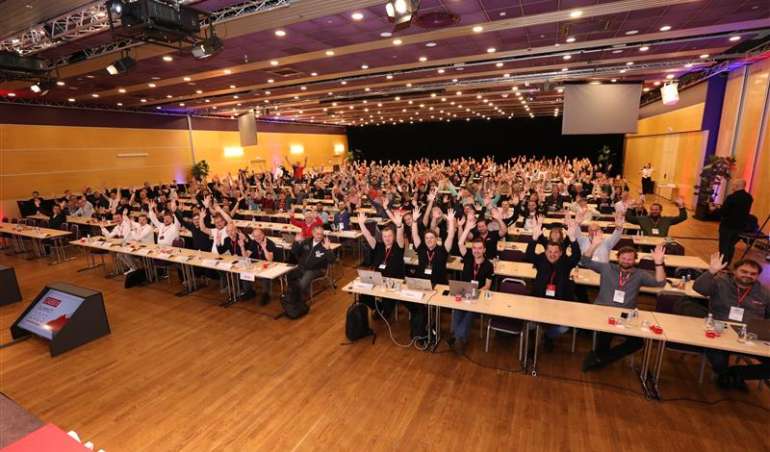Post Syndicated from Michael Kammer original https://blog.zabbix.com/what-makes-a-zabbix-conference-benelux-special/27789/
Zabbix has always seen our mission as going beyond simply delivering a product. From the start, building a strong global community has created and supported a better business model, and an important part of building our community is our practice of taking our message to the places where our users, partners, and potential clients live and work.
That’s where Zabbix Conferences enter the picture. Since 2011, they’ve grown from yearly events on our home turf in Riga to multi-day extravaganzas in locations as far-flung as Tokyo, Shanghai, and Porto Alegre. There’s something about the conferences in the Benelux countries, however, that seems to boost our reach a little further and create a little more enthusiasm every time we visit.
“Zabbix Conference Benelux is a can’t-miss event for European Zabbix enthusiasts and professionals. It attracts Zabbix experts from the retail, IT, banking, and government sectors (just to name a few), and brings everyone together with a shared sense of purpose. It’s the perfect place to network with like-minded individuals and come away with plenty of inspiration for your own projects.”
– Alexei Vladishev, Zabbix Founder and CEO

Table of Contents
There’s just something about Benelux
The politico-economic union of Belgium, the Netherlands, and Luxembourg is a fascinating locale for any event – the three nations that make up the union each bring their own customs, history, language, and business culture to the mix, which creates an intriguing backdrop for any kind of business.
“A Zabbix Conference Benelux is a unique event because of the way the people of the region make their guests feel welcome and create an atmosphere of belonging, togetherness, and support.”
-Alexei Vladishev, Zabbix Founder and CEO
From our perspective at Zabbix, Benelux is home not only to a sizable community of existing clients and partners, but also an enormous pool of potential new ones. We’ve thought long and hard about what we can offer to that particular group when we make our (almost) annual pilgrimage to Benelux, so keep reading for some insight into what makes a Zabbix Conference Benelux not only special, but worth attending.

Learn from the best
Attending a Zabbix Conference Benelux is first and foremost an excellent opportunity to catch up with the very latest trends and developments in the world of IT monitoring, including Zabbix proxy high-availability and load balancing as well as automating Zabbix workflows with Zabbix API and zabbix_utils.
Our conference speakers represent a broad cross-section of industries and experiences, and they pride themselves on coming up with fresh, innovative topics – in fact, many of them share their use cases and results for the first time on our stage. What’s more, the energy and dynamics of our workshops and live Q&A sessions foster open dialogue, richer conversations, and greater innovation.
“The Zabbix Conference Benelux I attended in 2023 stands out to me because of a very informative speech by (Zabbix Trainer and Consultant at Opensource ICT Solutions) Brian Van Baekel about his experience with Zabbix in an MSP environment. On top of that, the conference was organized in the beautiful center of Antwerp, the atmosphere was very friendly as usual, and we had some fascinating events after the conference as well.”
– Kaspars Mednis, Zabbix Chief Trainer

Getting to know you
The world may be increasingly dominated by virtual interactions and digital connections, but there’s still something unique and special about face-to-face conferences. At Zabbix, our feeling has always been that in-person events are crucial to strengthening the bonds between our team members, our partners, and our users. A Zabbix Conference Benelux gives participants a chance to truly get in touch with the people behind our product, allowing for deeper understanding and stronger relationships, which are the foundation of all successful business collaborations.
“The year I attended (2023) I really enjoyed the overall spirit of the event, the atmosphere in Antwerp, and the opportunities to get to know the Zabbix community closer.”
– Aleksandrs Petrovs-Gavrilovs, Zabbix Technical Support Engineer

Drumming up new business
Attending a Zabbix Conference Benelux isn’t just about exchanging information, but also about providing attendees with opportunities for spontaneous conversations, chance encounters, and relationship-building that can lead to collaborations, partnerships, and future business opportunities for everyone involved.
Business leaders can learn about the technology and challenges of Zabbix and our partners and have a frank dialogue that helps them understand their own needs from a different perspective. And as anyone who has spent time at a Zabbix Conference Benelux can tell you, those kinds of free-flowing conversations tend to happen naturally and organically when both parties are in a friendly, welcoming environment that also happens to be just a bit outside of their home turf.

Networking and hospitality
Speaking of creating a welcoming environment, it’s impossible to underestimate how important quirky yet fun event venues and incredible hospitality are to creating an ideal event for learning and networking. Zabbix Technical Support Engineer Edgars Melveris is a veteran of Zabbix Conferences in 2020 (Utrecht, the Netherlands) and 2023 (Antwerp, Belgium). He says that it’s the combination of in-depth technical information, fascinating locales, and good times that makes a Zabbix Conference Benelux special to him.
“The National Military Museum in Utrecht really impressed me, and I also enjoyed the atmosphere and sense of community at the event venues. When it comes to conference content, (Zabbix Chief Trainer) Kaspars Mednis’ workshop on ‘New and improved SNMP bulk data collection in Zabbix 6.4’ has only become more relevant with the passage of time, and (Zabbix Trainer and Consultant at Opensource ICT Solutions) Nathan Liefting’s presentation on ‘Zabbix Native HA: Lessons Learned and Tips & Tricks’ was particularly useful to me in my role.”
-Edgars Melveris, Zabbix Technical Support Engineer
Zabbix Conference Benelux 2024 will take place in Utrecht, the Netherlands, on May 24-25. To find out more information, register to attend, or sign up as a speaker, please visit the conference page. We’re looking forward to seeing you soon!
The post What Makes a Zabbix Conference Benelux Special? appeared first on Zabbix Blog.













